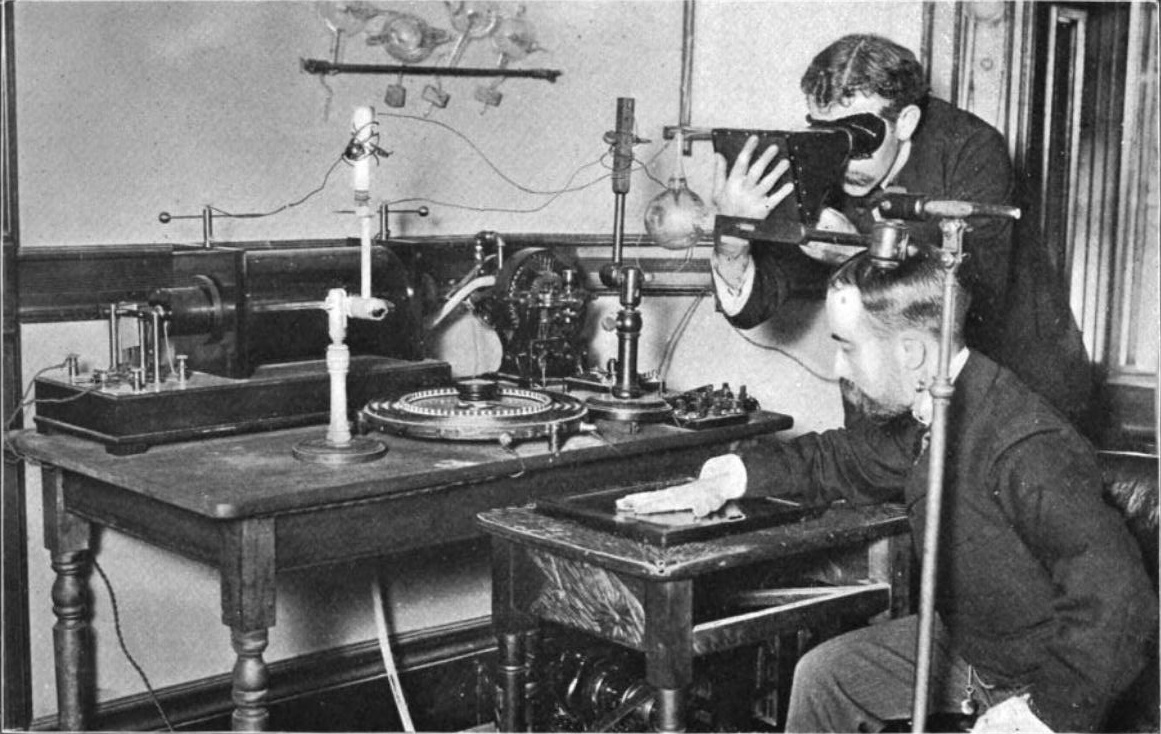|
Biodosimetry In Astronauts (ISS Experiment)
Biodosimetry is a measurement of biological response as a surrogate for radiation dose. The International Commission on Radiation Units and Measurements and International Atomic Energy Agency The International Atomic Energy Agency (IAEA) is an intergovernmental organization that seeks to promote the peaceful use of nuclear energy and to inhibit its use for any military purpose, including nuclear weapons. It was established in 1957 ... have issued guidance on performing biodosimetry and interpreting data.Based on definition froNCRP Composite Glossary.(reports published during the period 1991 to 2006) Notes and references Radiation health effects Medical signs {{measurement-stub ... [...More Info...] [...Related Items...] OR: [Wikipedia] [Google] [Baidu] |
Surrogate Endpoint
In clinical trials, a surrogate endpoint (or surrogate marker) is a measure of effect of a specific treatment that may correlate with a ''real'' clinical endpoint but does not necessarily have a guaranteed relationship. The National Institutes of Health (USA) defines surrogate endpoint as "a biomarker intended to substitute for a clinical endpoint". Surrogate markers are used when the primary endpoint is undesired (e.g., death), or when the number of events is very small, thus making it impractical to conduct a clinical trial to gather a statistically significant number of endpoints. The FDA and other regulatory agencies will often accept evidence from clinical trials that show a direct clinical benefit to surrogate markers. Surrogate endpoints can be obtained from different modalities, such as, behavioural or cognitive scores, or biomarkers from Electroencephalography ( qEEG), MRI, PET, or biochemical biomarkers. A correlate does not make a surrogate. It is a common misconception ... [...More Info...] [...Related Items...] OR: [Wikipedia] [Google] [Baidu] |
International Commission On Radiation Units And Measurements
The International Commission on Radiation Units and Measurements (ICRU) is a standardization body set up in 1925 by the International Congress of Radiology, originally as the X-Ray Unit Committee until 1950. Its objective "is to develop concepts, definitions and recommendations for the use of quantities and their units for ionizing radiation and its interaction with matter, in particular with respect to the biological effects induced by radiation". The ICRU is a sister organisation to the International Commission on Radiological Protection (ICRP). In general terms the ICRU defines the units, and the ICRP recommends how they are used for radiation protection. Development During the first two decades of its existence, its formal meetings were held during the International Congress of Radiology, but from 1950 onwards, when its mandate was extended, it has met annually. Until 1953, the president of the ICRU was a national of the country that was hosting the ICR, but in that year it ... [...More Info...] [...Related Items...] OR: [Wikipedia] [Google] [Baidu] |
International Atomic Energy Agency
The International Atomic Energy Agency (IAEA) is an intergovernmental organization that seeks to promote the peaceful use of nuclear energy and to inhibit its use for any military purpose, including nuclear weapons. It was established in 1957 as an autonomous organization within the United Nations system; though governed by its own founding treaty, the organization reports to both the General Assembly and the Security Council of the United Nations, and is headquartered at the UN Office at Vienna, Austria. The IAEA was created in response to growing international concern toward nuclear weapons, especially amid rising tensions between the foremost nuclear powers, the United States and the Soviet Union. U.S. President Dwight D. Eisenhower's " Atoms for Peace" speech, which called for the creation of an international organization to monitor the global proliferation of nuclear resources and technology, is credited with catalyzing the formation of the IAEA, whose treaty came into ... [...More Info...] [...Related Items...] OR: [Wikipedia] [Google] [Baidu] |
Radiation Health Effects
In physics, radiation is the emission or transmission of energy in the form of waves or particles through space or through a material medium. This includes: * ''electromagnetic radiation'', such as radio waves, microwaves, infrared, visible light, ultraviolet, x-rays, and Gamma ray, gamma radiation (γ) * ''particle radiation'', such as alpha radiation, alpha radiation (α), beta radiation, beta radiation (β), proton radiation and neutron radiation (particles of non-zero rest energy) * ''acoustics, acoustic radiation'', such as ultrasound, sound, and seismic waves (dependent on a physical transmission medium) * ''gravitational wave, gravitational radiation'', that takes the form of gravitational waves, or ripples in the curvature of spacetime Radiation is often categorized as either ''ionizing radiation, ionizing'' or ''non-ionizing radiation, non-ionizing'' depending on the energy of the radiated particles. Ionizing radiation carries more than 10 electron volt, eV, which ... [...More Info...] [...Related Items...] OR: [Wikipedia] [Google] [Baidu] |

